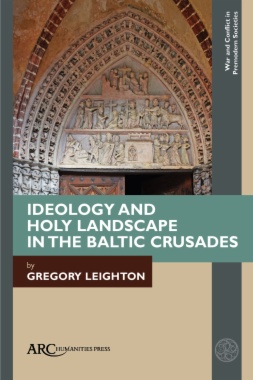The physiological or psychological stresses that employees bring to their workplace affect not only their own performance but that of their co-workers and others. These stresses are often compounded by those of the job itself. Medical personnel, firefighters, police, and military personnel in combat settings—among others—experience highly unpredictable timing and types of stressors.
This book reviews and comments on the performance-enhancing potential of specific food components. It reflects the views of military and non-military scientists from such fields as neuroscience, nutrition, physiology, various medical specialties, and performance psychology on the most up-to-date research available on physical and mental performance enhancement in stressful conditions. Although placed within the context of military tasks, the volume will have wide-reaching implications for individuals in any job setting.
- Cover
- Front Matter
- I. Committee Summary and Recommendations
- 1. Introduction and Background
- 2. Conclusions and Recommendations
- II. Background and Introduction to the Topic
- 3. Nutritional Enhancement of Soldier Performance at the U.S. Army Research Institute of Environmental Medicine, 1985-1992
- 4. Optimizing the Design of Combat Rations
- 5. Biochemical Strategies for Ration Design: Concerns of Bioavailability
- III. Military Issues
- 6. Evaluation of Physical Performance
- 7. The Effects of Sleep Deprivation on Performance During Continuous Combat Operations
- 8. The Role of Context in Behavioral Effects of Foods
- IV. Stress and Nutrient Interactions: Metabolic Consequences
- 9. Stress and Monoamine Neurons in the Brain
- 10. Endocrine and Immune System Response to Stress
- 11. The Metabolic Responses to Stress and Physical Activity
- V. Potential Performance-Enhancing Food Components
- 12. Food Components That May Optimize Physical Preformance: An Overview
- 13. Effects of Nutrients on Neurotransmitter Release
- 14. Performance-Enhancing Effects of Protein and Amino
- 15. Tyrosine and Stress: Human and Animal Studies
- 16. Tyrosine and Glucose Modulation of Cognitive Deficits Resulting from Cold Stress
- 17. Carbohydrates, Protein, and Performance
- 18. Structured Lipids: An Overview and Comments on Performance Enhancement Potential
- 19. Choline: Human Requirements and Effects on Human Performance
- 20. Effects of Caffeine on Cognitive Performance, Mood, and Alertness in Sleep-Deprived Humans
- 21. The Role of Carnitine in Enhancing Physical Performance
- VI. Safety and Regulatory Aspects of Potential Ration Enhancement
- 22. Safety Concerns Regarding Supplemental Amino Acids: Results of a Study
- 23. Regulatoin of Amino Acids and Other Dietary Components Associated with Enhanced Physical Performance
- Appendixes
- Appendix A: Scenarios that Illustrate Potential Usefulness of Food Components to Enhance Performance
- Appendix B: Military Recommended Dietary Allowances
- Appendix C: A Selected Bibliography on an Evaluation of Potential Performance-Enhancing food Components for Operational Rations
- Appendix D: Biographical Sketches
- Index

